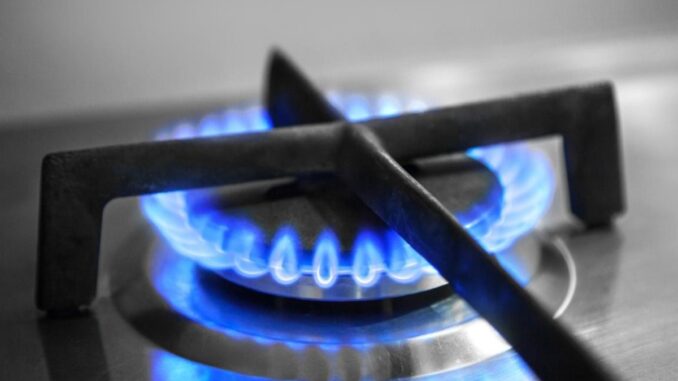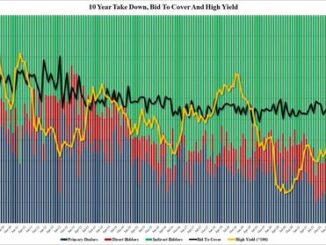
“April natural gas contract trades below $2 into expiration… as it struggled under the weight of a towering South Central regional storage surplus and (as) thinning trading volumes drove increased volatility risks,” analysts at energy consulting firm EBW Analytics said in a note.
That price decline came even though the amount of gas flowing to liquefied natural gas (LNG) export plants was on track to hit a monthly record high in March after Freeport LNG’s export plant in Texas exited an eight-month outage in February. Freeport LNG shut in June 2022 due to a fire.
On their last day as the front-month, gas futures for April delivery on the New York Mercantile Exchange fell 5.2 cents, or 2.6%, to $1.978 per million British thermal units (mmBtu) at 9:17 a.m. EDT (1317 GMT), putting the contract on track for its lowest close since September 2020 for a second day in a row.
That keeps the front-month below the psychologically significant $2 per mmBtu and pushes it into technically oversold territory with a relative strength index (RSI) below 30 for the first time since late February.
Futures for May, which will soon be the front-month, were down about 2 cents to $2.13 per mmBtu.
The market has been extremely volatile this month, with the front-month gaining or losing more than 5% on nine of the past 20 trading days. Gas prices were on track to drop about 29% for the month of March and 56% for the first quarter of 2023.
Freeport LNG’s export plant was on track to pull in about 1.8 billion cubic feet per day (bcfd) of gas on Wednesday, up from 1.6 bcfd on Tuesday, according to Refinitiv data. Energy traders said gas flows at that level likely signal that Freeport LNG started the third of three liquefaction trains at the plant.
Liquefaction trains turn gas into LNG for export. On March 8, Freeport LNG said it anticipated feedgas flows would rise and fall as the plant returns to full production over the “next few weeks.”
When operating at full power, Freeport LNG can turn about 2.1 bcfd of gas into LNG for export.
Total gas flows to all seven big U.S. LNG export plants rose to an average of 13.1 bcfd so far in March, up from 12.8 bcfd in February. That would top the monthly record of 12.9 bcfd in March 2022, before the Freeport LNG facility shut.
SUPPLY AND DEMAND
Refinitiv said average gas output in the U.S. Lower 48 states rose to 98.6 bcfd so far in March, up from 98.1 bcfd in February. The monthly record is 99.9 bcfd in November 2022.
Meteorologists projected the weather in the Lower 48 states would remain mostly near normal through April 13.
With warmer spring-like weather expected to reduce the amount of gas burned to heat homes and businesses, Refinitiv forecast U.S. gas demand, including exports, would drop from 110.5 bcfd this week to 104.5 bcfd next week. Those forecasts, however, were higher than Refinitiv’s outlook on Tuesday as gas flows to LNG export plants and power plants rise.
Mild winter weather allowed utilities to leave more gas in storage so far this year and should let them start injecting fuel into inventories at the beginning of April.
Gas stockpiles were about 23% above their five-year average (2018-2022) during the week ended March 17 and were expected to end about 20% above normal during the colder-than-normal week ended March 24, according to federal data and analysts’ estimates.

